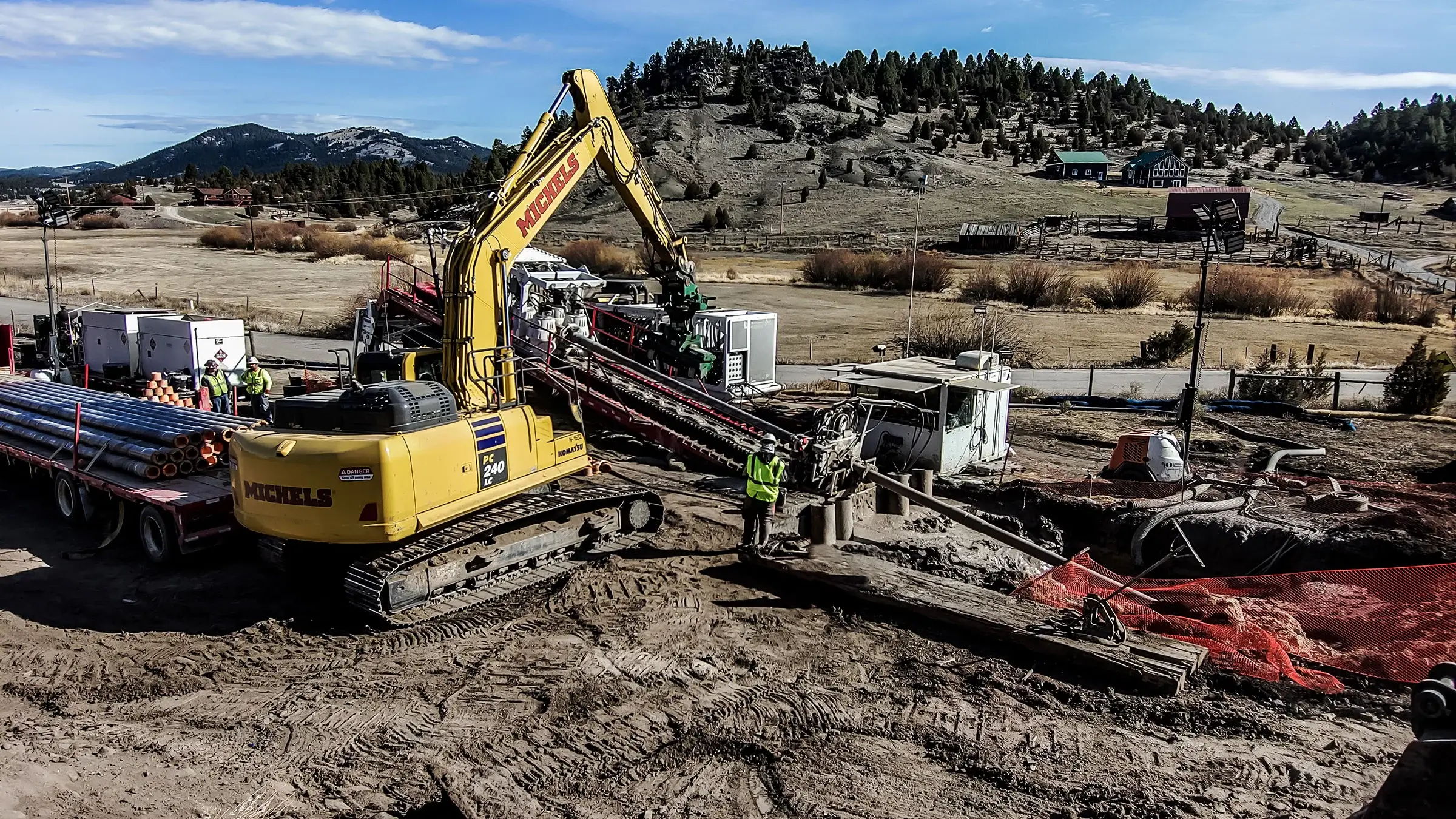The Intersection of Creativity and Directional Drilling Techniques

Directional drilling technology has changed the manner we traverse the subsurface landscape, enabling engineers and geologists to access resources and place utilities with unprecedented precision. This state-of-the-art technique enables drilling not only vertically but also horizontally, thus considerably enhancing the efficiency of operations in multiple industries. As cities expand and the demand for energy and infrastructure rises, grasping the intricacies of directional drilling is essential for experts and novices alike.

In this exploration of directional drilling, we will explore its history, the technologies that support it, and the various applications that demonstrate its importance in fields such as petroleum, clean energy, and urban construction. From minimizing surface disruption to overcoming the difficulties of tough landscapes, directional drilling is at the vanguard of modern engineering approaches. Whether you are looking to learn the basics or seeking understanding into future developments and advancements, this guide will provide a detailed summary of what makes directional drilling a cornerstone of contemporary construction projects.
#### Comprehending Directional Drilling
Directional drilling represents a method that allows drillers to access petroleum, natural gas, and additional resources located below the earth's surface while minimizing environmental footprint. Unlike traditional straight drilling , orientation boring enables teams to establish inclined shafts able to access multiple sites from a one drilling location . This approach not only does it improves resource harvesting while also lessens the quantity of site locations necessary for drilling operations , positioning it highly useful in city and delicate environments .
The operation starts with careful preparation , as specialists decide the ideal boring trajectory according to geological information and project needs . Orientation drilling uses cutting-edge technology , featuring specific drilling tools and live tracking systems , to ensure accuracy and effectiveness . This capability is crucial in traversing complicated geological formations and steering clear of obstacles , like current infrastructure or environmentally sensitive sites .
As the field progresses, angular boring has turned into an essential component of various industries , such as oil and gas services , and renewable energy . Source permits application in uses ranging from under-river installations to the establishment of geothermal energy projects . The relentless improvement in technology , in along with increasing ecological consciousness , keep pushing the limits of the potential of orientation drilling , setting it as a crucial method for contemporary infrastructure evolution .
Benefits of Directional Boring
This method of drilling offers countless advantages over traditional drilling methods, primarily due to its ability to drill in various directions rather than just downward. This versatility allows for the drilling of wells from a single point, minimizing the need for several setups and reducing the total footprint of drilling operations. By reaching various targets through less drilling sites, businesses can significantly cut down on environmental disruption while maximizing resource extraction.
Additionally, directional drilling is its efficiency in metropolitan and sensitive locations. This method is particularly useful when navigating around existing facilities, such as buildings, roads, and other infrastructures. By drilling sideways under urban environments, businesses can finish projects with minimal surface disruption, allowing for quicker installations and reducing the need for extensive excavation. This capability is crucial in highly populated areas where conventional drilling would face many logistical challenges.
In addition, directional drilling can lead to significant cost reductions. By lowering time on site and decreasing the amount of material and labor needed, companies can boost their bottom line. The capability to reach deeper reserves of oil, gas, or other resources that are not reachable through vertical drilling contributes to the economic profitability of projects. Overall, these benefits make directional drilling an ever more preferred choice in various fields, demonstrating its importance in contemporary drilling practices.
Upcoming Innovations in Directional Boring
As the market evolves, the incorporation of synthetic intelligence and mechanization is redefining the field of horizontal boring. These technologies enhance boring accuracy by evaluating live information, refining drill paths, and anticipating potential problems before they occur. The power to make immediate adjustments based on thorough analysis not only streamlines processes but also greatly reduces idle time and costs associated with unforeseen issues.
Moreover, developments in application and sensor equipment are creating a more cohesive strategy to directional boring. The adoption of electronic technologies enables improved planning and execution of drilling tasks by providing accurate geological knowledge and live responses. Managers can monitor conditions from afar, allowing for more rapid choices processes that enhance complete project efficiency. This digital transformation ensures that boring operations can be fine-tuned through data-driven insights, leading to enhanced performance and sustainability.
Finally, the transition towards sustainable infrastructure continues to influence directional drilling methodologies. With increasing demand for green sustainable solutions, companies are focusing on developments that reduce natural impact while delivering effective outcomes. Practices such as mud recycling and the use of eco-friendly drilling fluids are being adopted to further minimize nature-related harm. This dedication not only aligns with international green goals but also places horizontal drilling as a critical component in the transition towards cleaner energy endeavors.
